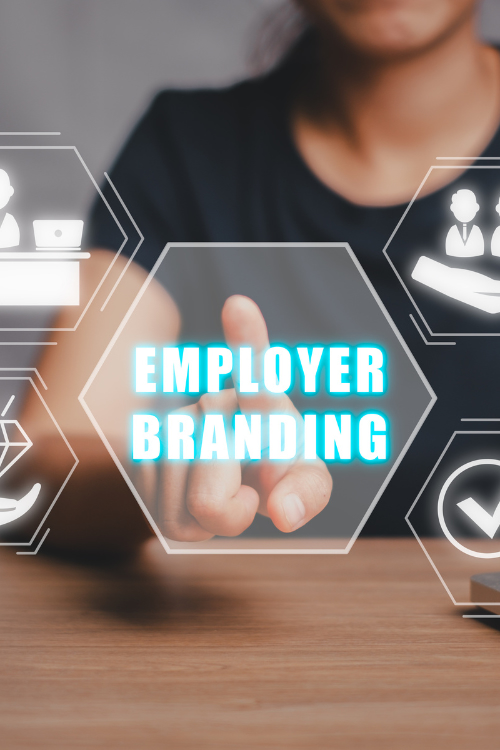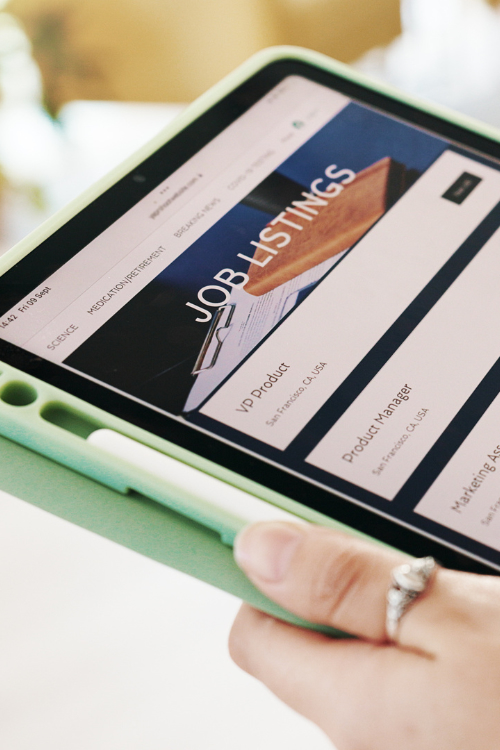If a single stone can start an avalanche, can a single comment ignite a toxic workplace? Discover the sinister power of microaggressions and how it destroys your most valuable asset: your company culture. Then we'll show you how you can make sure you deal with them and avoid them.
The Issue of Microaggressions
Microaggressions are subtle, often unintentional, instances of discrimination that can occur daily. Like Stefan always had trouble pronouncing his coworker Aranzazu's name. It was a small thing, but it was a 'microaggression' that left Aranzazu feeling disrespected and marginalised. This is one of many ways microaggressions subtly disrupt our workplaces. They reflect deeply ingrained stereotypes and can have a significant impact on the workplace, undermining the efforts to promote diversity and inclusion. Addressing microaggressions is therefore not just a moral imperative, but also a strategic necessity for businesses seeking to maximise productivity and employee satisfaction.
Defining Microaggressions and Their Impact
Microaggressions are indirect, subtle, or unintentional discriminatory comments or actions directed at members of marginalised groups. They can manifest in various forms such as casual ethnic background, sexism, or other forms of bias. As mentioned before, consistently mispronouncing a colleague's name can be seen as a microaggression, subtly communicating a lack of respect and inclusion.
Certainly, microaggressions can take many forms and can be based on various aspects such as ethnic background, gender, age, sexual orientation, religion, disability, and more. Here's a short list of common microaggressions that might occur in the workplace:
Racial/Ethnic Microaggressions: These can include actions such as consistently mispronouncing a person's name, making assumptions about a person's nationality or citizenship based on their appearance, or making insensitive or stereotypical remarks about a person's ethnicity.
Gender-Based Microaggressions: These can manifest as mansplaining (a man unnecessarily explaining something to a woman in a condescending manner), interrupting women more often than men during meetings, or making assumptions about a person's capabilities or interests based on their gender.
Age-Based Microaggressions: This can include making jokes about a person's age, making assumptions about a person's technical skills based on their age, or excluding someone from a social event because of their age.
Microaggressions Toward LGBTQI+ Individuals: This can include using the wrong pronouns, making assumptions about a person's sexual orientation, or making inappropriate jokes or comments about LGBTQI+ issues.
Disability-Based Microaggressions: This could involve talking down to a person with a disability, making assumptions about what they can or can't do, or excluding them from certain activities or decisions.
Religious Microaggressions: This can include making assumptions or jokes about a person's beliefs, using disrespectful language, or scheduling important meetings on religious holidays.
The impact of these seemingly minor incidents can be substantial over time, affecting individual employees' mental health, job satisfaction, and overall productivity. It fosters a work environment perceived as uncomfortable and hostile, which can lead to increased absenteeism, lower job commitment, and even high turnover rates.
The Role of Leadership in Minimising Microaggressions
Leadership in any organisation plays an instrumental role in shaping the culture, norms, and conduct within the workplace. This power extends to the mitigation of microaggressions, subtle forms of discrimination that can insidiously impact the well-being and performance of employees. Leaders can directly influence the prevalence and acceptance of microaggressions, and their commitment to eradicating such behaviours is paramount for fostering an inclusive and respectful environment.
Leaders must not only refrain from engaging in microaggressions themselves but must also actively discourage these behaviours among employees. This includes calling out microaggressions when they witness them, serving as a model of appropriate response for other team members. By addressing microaggressions in real-time, leaders demonstrate their commitment to maintaining an environment where every employee is treated with respect and dignity.
Creating an atmosphere of open dialogue is another crucial step. Encouraging employees to share their experiences with microaggressions provides an opportunity for leaders to understand the extent and nature of the issue within their organisation. It sends a message to employees that their feelings are valid, their experiences matter, and that their well-being is a priority.
Lastly, leaders should enforce policies that expressly prohibit microaggressions, showing their commitment to cultivating a respectful and inclusive work environment. Consistent enforcement of these policies, including consequences for offenders, sends a clear message that the organisation does not tolerate subtle discrimination.
In essence, leaders hold the key to minimising microaggressions in the workplace. Through their actions, communications, and the policies they enforce, they have the power to shape a company culture that not only acknowledges the issue of microaggressions but actively works towards eliminating them.
Strategies and Best Practices for Minimising Microaggressions at Workplace
As we have seen, the role of executives in combating microaggressions is undeniable. However, their efforts need to be complemented by strategic initiatives at the organisational level. This is where concrete strategies and best practices come into play.
On the way to a respectful and inclusive work environment, understanding and combating microaggressions should not be left to the leadership alone. Of course, everyone needs to be involved. It is a shared responsibility that requires collective awareness and effort. Let's look at the strategies and best practices for minimising microaggressions in the workplace:
Education and Awareness Training
Regular training sessions can increase awareness and understanding of microaggressions among employees. These sessions should educate employees about what microaggressions are, their impact, and how to avoid them. It should also provide guidance on what to do when one witnesses or experiences a microaggression.
Creating and Enforcing Policies
Workplace policies must explicitly state that microaggressions will not be tolerated, providing clear guidelines for expected behaviour. These policies need to be consistently enforced, and disciplinary measures should be taken when necessary. This helps set clear boundaries and shows the organisation's commitment to a respectful and inclusive work environment.
Fostering an Inclusive Culture
Beyond formal training and policies, it's essential to foster a work culture that values diversity and inclusion. This means encouraging respectful communication, recognizing and valuing the contributions of all employees, and ensuring opportunities are equally accessible.
The Vital Role of Bystander Intervention
While leadership actions and organisational policies are crucial, they alone may not eliminate microaggressions from the workplace. It's also essential to empower employees to respond effectively when they witness microaggressions.
Bystander intervention involves recognizing a potentially harmful situation and choosing to respond in a way that could positively influence the outcome. When bystanders intervene, they can play a critical role in preventing microaggressions. However, doing this requires courage, as well as skills, which is why bystander intervention training should be a key part of any strategy to reduce workplace microaggressions.
Creating Safe Reporting Mechanisms
Organisations must also create mechanisms that allow employees to report microaggressions safely and anonymously. This encourages employees to report incidents without fear of reprisals, making it easier to identify and address these issues. Reporting mechanisms should be simple, clear, and widely communicated to all employees.
Continuous Evaluation and Improvement
Strategies to minimise microaggressions should not be static. Regularly assessing the workplace environment for microaggressions and soliciting feedback from employees about their experiences can provide valuable insights. This ongoing evaluation will help refine strategies over time and ensure they are effective in reducing microaggressions.
Conclusion
Creating an inclusive workplace free from microaggressions is a journey that requires continuous commitment from everyone - leaders, employees, and the organisation as a whole. By implementing comprehensive strategies and fostering a culture that values diversity and inclusion, workplaces can become safer, more respectful environments where everyone has the opportunity to thrive. Remember, a microaggression-free workplace isn't just a social justice goal—it's a business imperative.










.png)




